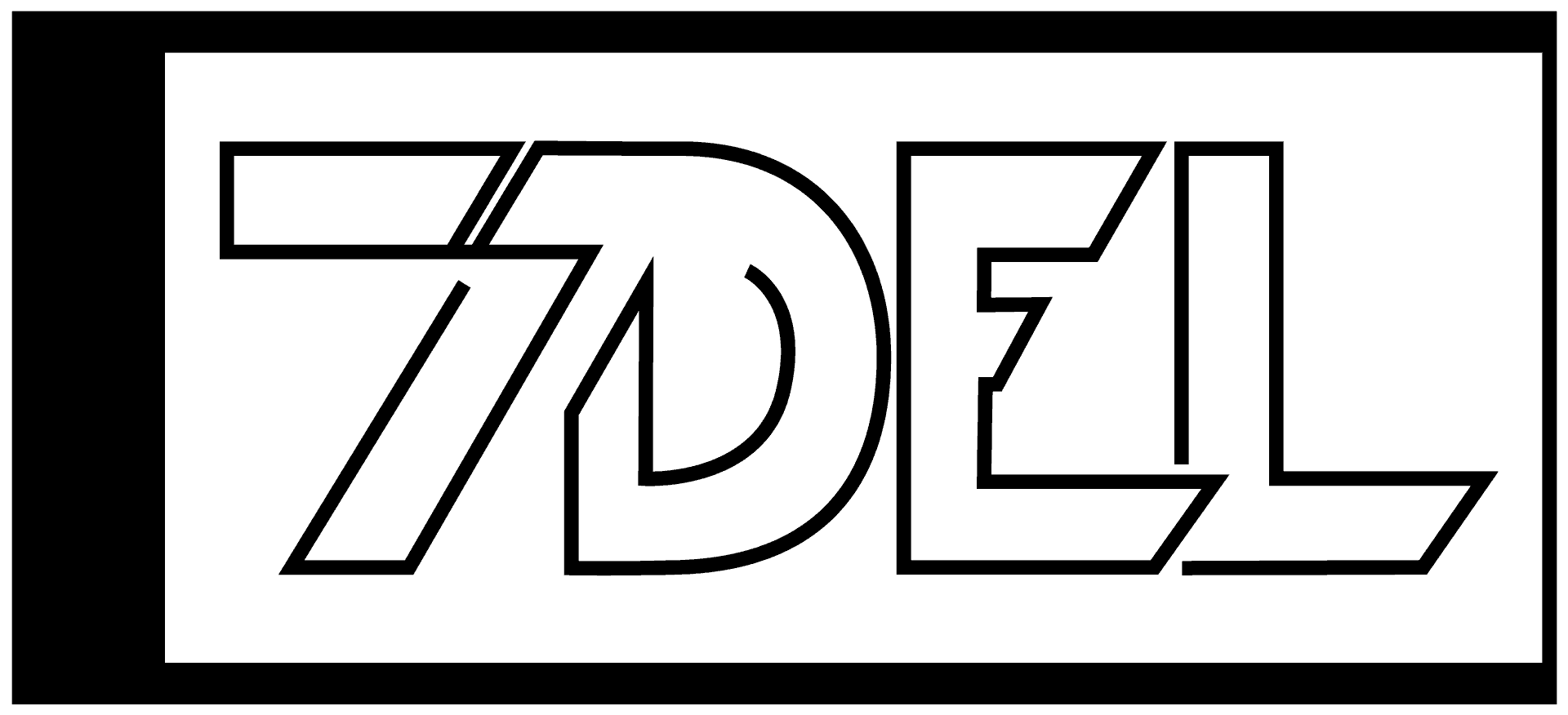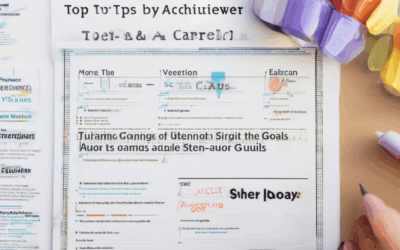Feeling overwhelmed by anxiety can feel like an endless cycle, leaving you searching for quick fixes and reliable solutions. Whether you’re dealing with occasional stress or chronic anxiety, finding effective ways to manage these feelings is crucial for your well-being. In this comprehensive guide, we’ll explore proven strategies to help you reduce anxiety, from natural remedies and lifestyle adjustments to practical techniques that can provide immediate relief. By addressing both the emotional and physical aspects of anxiety, this guide offers a holistic approach to calming your mind and improving your quality of life. From simple breathing exercises to dietary changes and stress management tips, discover the best ways to reduce anxiety and regain control over your emotions. With evidence-based advice and actionable steps, this guide is designed to empower you to tackle anxiety head-on and find lasting peace.

The 3-3-3 Rule for Anxiety
The 3-3-3 rule is a simple yet effective technique to manage anxiety and regain control during overwhelming moments:
- 3 Things to Notice: Identify three things in your immediate surroundings – whether it’s physical sensations, emotions, or objects around you. This grounds you in the present moment.
- 3 Breaths In: Take three slow, deep breaths. Inhale fully, hold for a moment, then exhale slowly. This practice helps calm your nervous system and promotes relaxation.
- 3 Seconds Between Thoughts: When an anxious thought arises, count three seconds before responding. This pause gives you time to react more thoughtfully rather than acting impulsively.
How Can I Reduce Anxiety Fast?
To reduce anxiety quickly, consider implementing the following techniques:
- Deep Breathing Exercises : Practice the 4-7-8 technique: Inhale deeply for 4 seconds, hold for 7 seconds, then exhale slowly for 8 seconds. Repeat this several times to calm your nervous system.
- Mindfulness and Meditation : Dedicate 5 minutes daily to sit quietly and focus on your breath. Consider trying guided meditations to aid in concentration and relaxation.
- Engage in Light Physical Activity : Take a brief walk or perform gentle stretches to release endorphins and reduce tension. Yoga can be particularly effective due to its combination of movement and breathing.
- Stay Present : Use mantras like “Stay calm” or focus on your senses by noting five things you can see in your environment to ground yourself.
- Journaling : Write down your thoughts and feelings to process emotions. Maintain a gratitude journal before bedtime to foster positivity and improve sleep quality.
- Music Therapy : Listen to calming playlists or instrumental tracks, such as classical music, to soothe your mind.
- Aromatherapy : Use essential oils like lavender or chamomile. Dilute the oils with a carrier oil and inhale deeply for relaxation.
- Grounding Techniques : Apply the 5-4-3-2-1 method by focusing on physical sensations, such as the feeling of your feet on the ground, to anchor yourself in the moment.
- Limit Stimulants and Stay Hydrated : Reduce consumption of caffeine and other stimulants to avoid jitters. Ensure you’re adequately hydrated to prevent headaches or restlessness.
- Practice Positive Affirmations : Write and repeat kind statements about yourself daily to counteract negative thoughts and boost self-confidence.
- Connect with Others : Reach out to friends, family, or join online support groups for emotional support and community.
- Be Self-Compassionate : Acknowledge that feeling anxious is normal and remind yourself that you’re doing your best. This reduces self-criticism and stress.
- Seek Professional Help if Needed : Consult a therapist for personalized strategies, such as cognitive-behavioral techniques, if anxiety persists.
By integrating these techniques thoughtfully and patiently, you can effectively manage anxiety and improve your well-being.

What is the 5-5-5 Rule for Anxiety?
The 5-5-5 rule for anxiety is a simple yet effective technique to manage stress and anxiety by setting boundaries on worry and taking intentional action.
- Five Minutes of Worry: Allow yourself to fully explore your anxious thoughts for a set timeframe, typically five minutes. This helps you process emotions without becoming overwhelmed.
- Five Words or Sentences: Reframe negative thoughts into positive affirmations or solutions. For example, instead of “I can’t handle this,” try “I can find a way to handle this.”
- Five Actions: Once you’ve identified your concerns, take immediate, small steps to address them. This creates momentum and reduces anxiety.
This method emphasizes control and action, helping you move from worry to resolution. Remember, it’s a tool to manage stress, not a cure-all, and should be used alongside other techniques for holistic well-being.
For more insights and tools to improve your mental health, visit 7Del.net .

The 4 Cs of Anxiety
The 4 Cs of anxiety are cognitive distortions that contribute to the perception and experience of anxiety. Understanding these distortions can help individuals identify and address them effectively.
- Catastrophizing : This involves believing that events will turn out negatively, often worse than they actually will. People may imagine the worst-case scenario and fixate on it, leading to heightened anxiety.
- Overgeneralization : This occurs when someone draws broad conclusions from a single negative event, expecting similar negative outcomes in the future based on minimal evidence.
- Black-and-White Thinking : This is a tendency to view situations in extremes, seeing everything as either perfect or completely failing, without considering intermediate possibilities.
- Mind Reading : This involves assuming others have negative thoughts or intentions without evidence, leading to social anxiety or misinterpretations of others’ behaviors.
By recognizing these cognitive distortions, individuals can work on challenging them through cognitive-behavioral techniques, leading to reduced anxiety and improved emotional well-being.
What is the 5 4 3 2 1 Method?
The 5-4-3-2-1 method is a structured approach to achieving personal or professional goals. It systematically breaks down objectives into manageable steps, allowing for clear progression and accountability. Here’s a breakdown of the method:
- Define the Goal : Start with the most significant objective or vision you aim to achieve. This serves as your primary target.
- Break Down into Four Components : Divide the main goal into four distinct parts or phases. Each phase represents a major step toward achieving the overall objective.
- Plan Actions for Each Component : For each of the four components, identify specific actions or tasks that need to be completed. These actions should be actionable and aligned with the broader goal.
- Establish Milestones : Set measurable milestones for each action. Milestones allow you to track progress and celebrate achievements along the way.
- Review and Adjust : Regularly review your progress against the set milestones. Adjust your actions or strategies as needed based on feedback or changes in circumstances.
This method emphasizes a gradual, structured approach to goal achievement, ensuring that each step builds upon the previous one and contributes to the overall success.

The Three Fs of Anxiety
The three primary responses to fear and danger, often referred to as the “fight-or-flight” response, are:
- Fight : Engaging in combat or confrontation.
- Flight : Running away or escaping from the threat.
- Freeze : Staying immobilized or unable to respond due to fear.
These reactions are natural and instinctive, occurring automatically when faced with danger. However, the presence of a supportive friend or social connection can significantly influence how effectively these responses are managed, providing emotional support during stressful times.




0 Comments